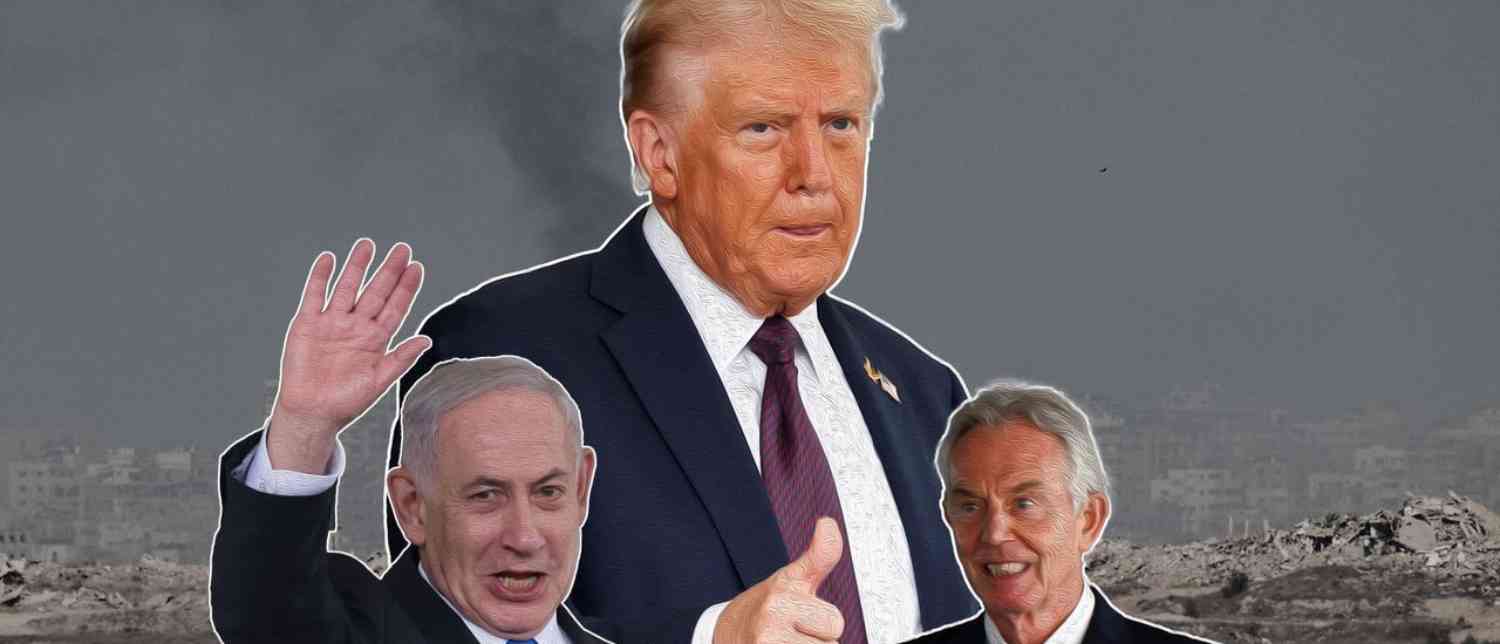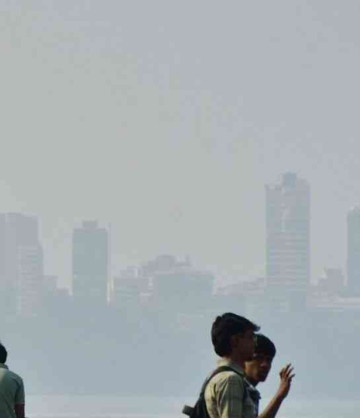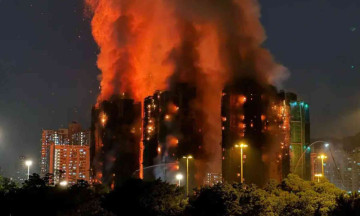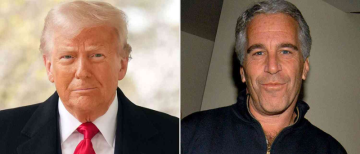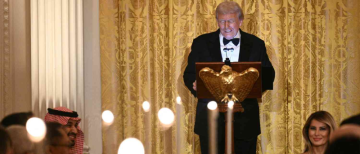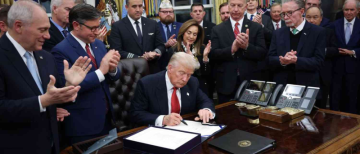For nearly two years, Gaza has been at the center of one of the most devastating wars in modern history. Since the October 7, 2023 Hamas-led attack that killed 1,200 Israelis and led to the capture of 251 hostages, the cycle of Israeli airstrikes, ground offensives, and Hamas resistance has left Gaza in ruins. The Hamas-run health ministry says more than 66,000 Palestinians have been killed, while hundreds of thousands more have been displaced.
Now, a new diplomatic development has shaken the fragile landscape: Hamas has partially agreed to former U.S. President Donald Trump’s 20-point Gaza peace plan, a proposal that aims to end the war, return hostages, and chart a future for Gaza’s governance. The move has been met with cautious optimism and sharp disagreements, as both Hamas and Israel weigh their next steps.
Hamas has accepted several parts of Trump’s proposal, including a ceasefire, Israel’s withdrawal, the release of hostages and prisoners, humanitarian aid, and the rejection of Palestinian expulsion. But deep divisions remain over Gaza’s future administration, Hamas’s role in governance, and the issue of disarmament.
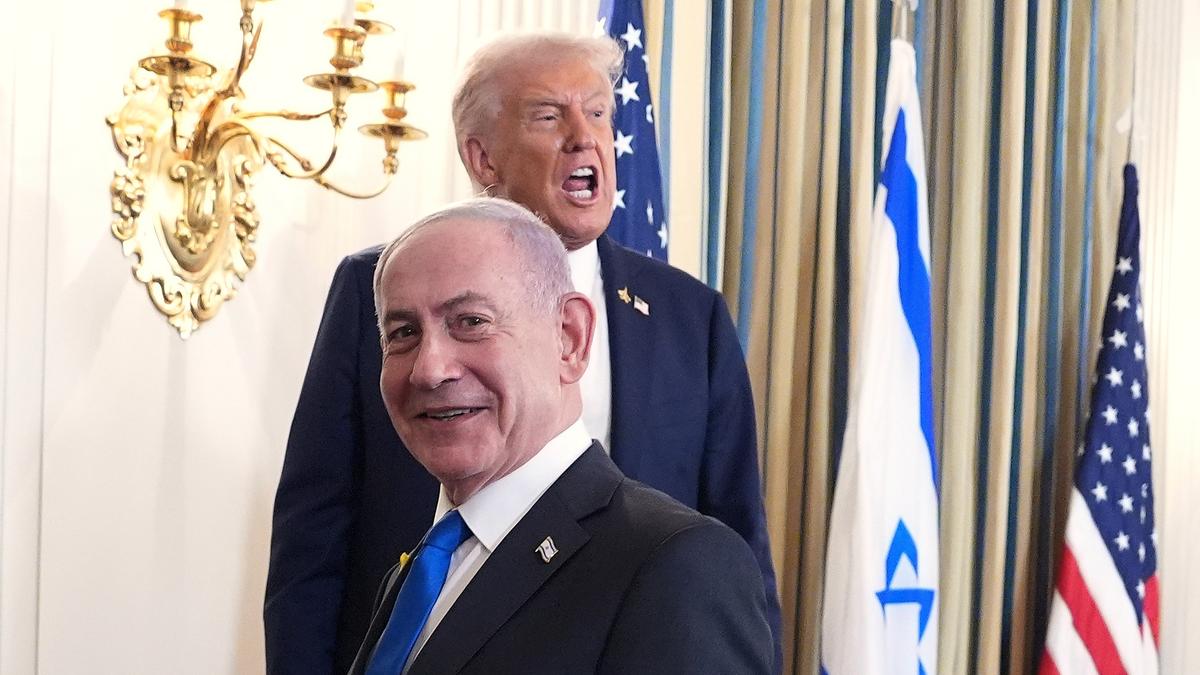
What Hamas Has Agreed To in Trump’s Gaza Plan
Prisoner and Hostage Swap
One of the most emotionally charged aspects of Trump’s plan is the prisoner and hostage exchange. Hamas has said it is willing to release all Israeli hostages in Gaza—both alive and deceased—“according to the exchange formula contained in President Trump’s proposal, with the necessary field conditions for implementing the exchange.”
While Hamas did not specify what those “field conditions” are, the group emphasized it is ready to begin negotiations with mediators immediately. Taher al-Nounou, media adviser to Hamas’s political bureau, told the BBC: “President Trump’s statements are encouraging, and the movement is ready to begin negotiations immediately to achieve a prisoner exchange, end the war, and secure the withdrawal of the occupation.”
Trump’s plan lays out precise terms:
-
Hamas must release all hostages within 72 hours of Israel publicly accepting the agreement.
-
In exchange, Israel would release 250 Palestinian prisoners serving life sentences and 1,700 Gazans arrested since October 7, 2023, including all women and children.
-
For every Israeli hostage whose remains are returned, Israel would release the remains of 15 dead Gazans.
This framework marks one of the clearest alignments between Hamas’s statement and Trump’s proposal, though questions remain about implementation.
Ceasefire and Israeli Withdrawal
Hamas also expressed readiness to accept an immediate end to the war and Israel’s “full withdrawal” from Gaza. The group’s statement rejected any form of Israeli occupation and did not mention staged withdrawal phases, implying it wants a total exit of Israeli forces.
By contrast, Trump’s plan specifies that:
-
Israeli forces will withdraw to an agreed-upon line to prepare for the hostage release.
-
During this stage, Israel must suspend aerial and artillery bombardment.
-
Battle lines would remain frozen until conditions are met for a “complete staged withdrawal.”
While both sides agree in principle to withdrawal, Hamas insists on full and unconditional withdrawal, while Trump’s framework allows Israel to maintain a “security perimeter presence” until demilitarization is complete.
Humanitarian Aid and Reconstruction
Hamas welcomed Trump’s call for a massive surge of aid into Gaza, emphasizing the need for rehabilitation of infrastructure, hospitals, bakeries, and the removal of rubble.
Under the plan:
-
Aid will flow immediately, consistent with the January 19, 2025 agreement on humanitarian relief.
-
Deliveries will be managed through the United Nations, the Red Crescent, and other neutral international bodies.
-
The Rafah crossing will reopen for aid and movement of civilians under the same mechanism.
Hamas also strongly rejected any form of forced displacement of Palestinians, insisting residents must be able to remain in Gaza. Trump’s plan echoes this, stating: “No one will be forced to leave Gaza. Those who wish to leave will be free to return. We encourage people to stay and build a better Gaza.”
This rare overlap between the two sides has raised hopes that humanitarian relief might finally reach civilians who have suffered catastrophic losses.
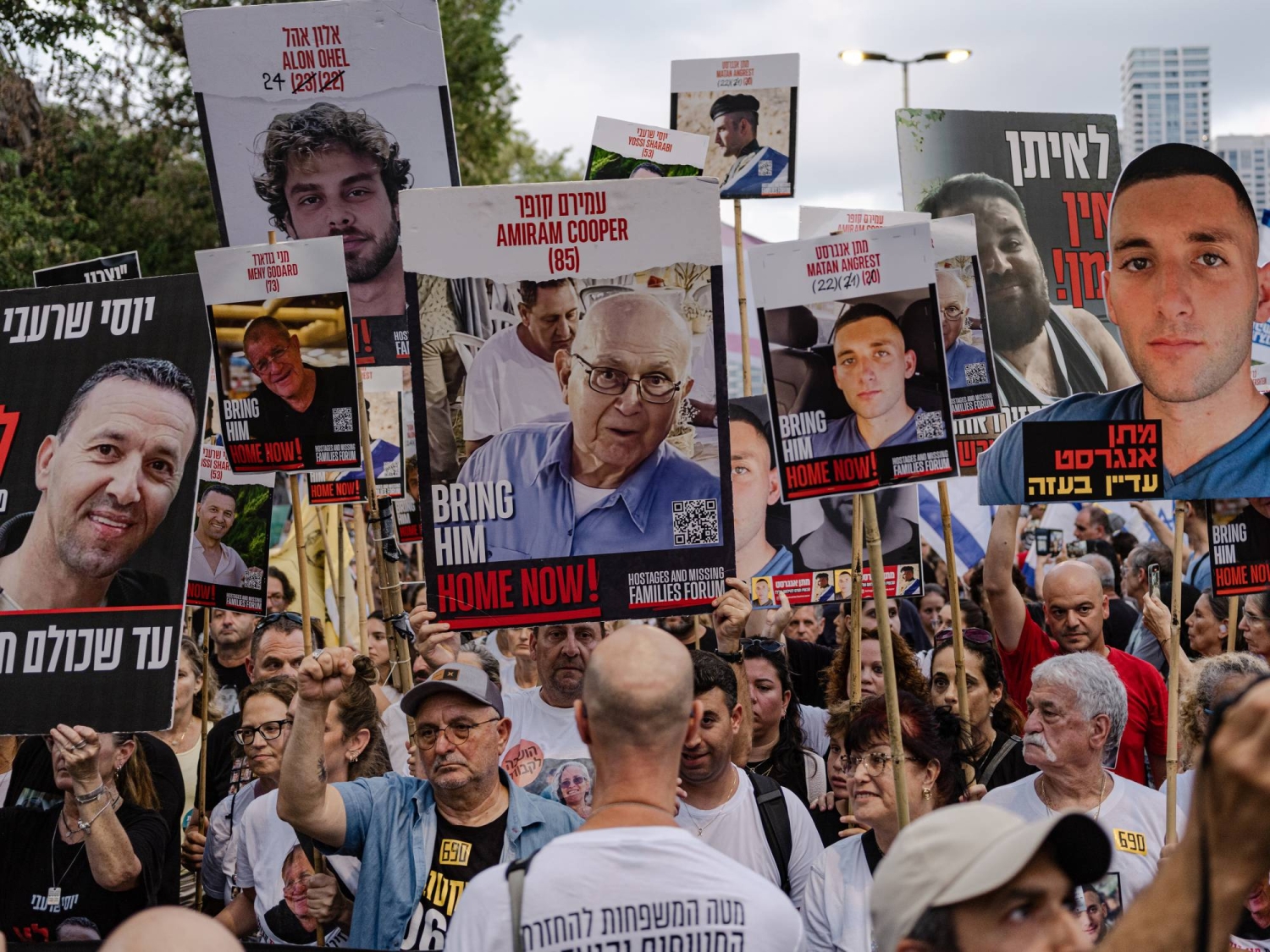
Where Hamas and Trump’s Plan Clash
Despite areas of agreement, Hamas and Trump diverge sharply on several critical points.
Governance of Gaza
Trump’s plan envisions Gaza being governed under the temporary transitional governance of a technocratic, apolitical Palestinian committee, overseen by an international body called the “Board of Peace,” chaired by Donald Trump himself and including figures like former UK Prime Minister Tony Blair.
Hamas, however, insists on a Palestinian-led administration. Its statement said it would hand over Gaza’s administration to “a Palestinian body of independents (technocrats) based on Palestinian national consensus and supported by Arab and Islamic backing.”
This indicates Hamas’s rejection of an externally imposed governance model and preference for Arab and Islamic involvement rather than Western-led oversight.
Hamas’s Role in Gaza’s Future
Perhaps the biggest sticking point is Trump’s demand that Hamas have “no role in the governance of Gaza, directly, indirectly, or in any form.” The plan also outlines a process of demilitarization and the dismantling of Hamas’s military infrastructure.
Hamas, however, maintains that it remains part of the “comprehensive Palestinian national framework.” In its statement, the group said: “This is tied to a collective national position and in accordance with relevant international laws and resolutions, to be discussed within a comprehensive Palestinian national framework, in which Hamas will be included and will contribute with full responsibility.”
The group made no mention of disarming, signaling continued opposition to giving up weapons. It also did not address Trump’s offer of amnesty and safe passage for members who decommission their arms.
International Oversight and Security
Trump’s plan calls for a temporary International Stabilization Force (ISF), supported by the U.S. and Arab partners, to oversee Gaza’s security, train Palestinian police, and secure borders.
Hamas has shown reluctance to accept foreign troops on Palestinian soil, and its statement avoided addressing this element directly. The group’s silence suggests resistance to the idea of foreign military oversight in Gaza’s future.
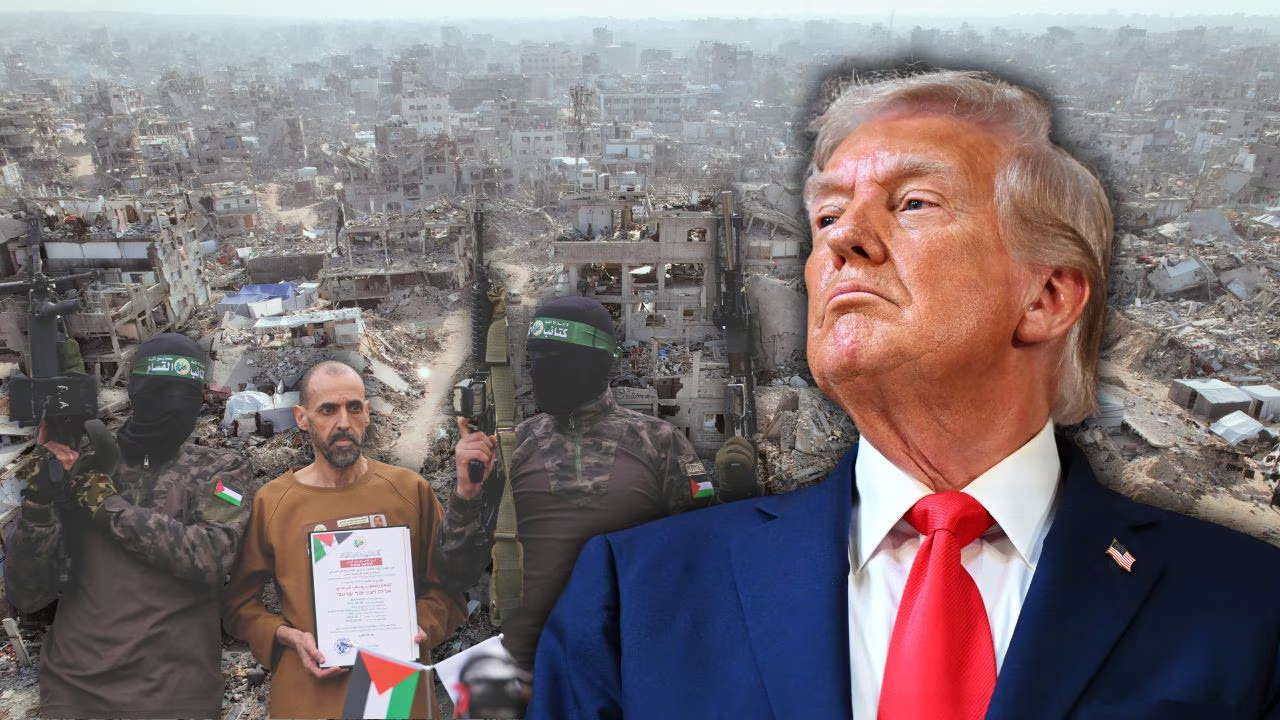
Trump, Israel, and International Responses
Trump’s Ultimatum and Optimism
On Friday, Donald Trump issued a blunt ultimatum: Hamas must accept the deal by Sunday or face “all hell.” On Truth Social, he warned: “If this LAST CHANCE agreement is not reached, all HELL, like no one has ever seen before, will break out against Hamas. THERE WILL BE PEACE IN THE MIDDLE EAST ONE WAY OR THE OTHER.”
Yet after Hamas’s partial acceptance, Trump struck a more optimistic tone: “I believe they are ready for a lasting PEACE. Israel must immediately stop the bombing of Gaza, so that we can get the Hostages out safely and quickly! Right now, it’s far too dangerous to do that.”
He praised Qatar, Egypt, Saudi Arabia, Turkey, and Jordan for mediating and declared: “This is a very special day, maybe unprecedented. I look forward to having the hostages come home to their parents. Everybody will be treated fairly in the negotiations.”
Israel’s Position
Israeli Prime Minister Benjamin Netanyahu said Israel is preparing to carry out the “first stage” of Trump’s peace plan, but with caution. His office stated: “We will continue to work in full cooperation with the President and his team to end the war in accordance with the principles set out by Israel, which align with President Trump’s vision.”
However, reports from Axios suggest Netanyahu was “surprised” by Trump’s rapid embrace of Hamas’s statement, believing it failed to meet crucial requirements, especially disarmament and Hamas’s exclusion from governance.
Netanyahu has also reiterated his rejection of Palestinian statehood, saying: “It’s not written in the agreement. We said we would strongly oppose a Palestinian state.”
International Community
The plan has received mixed international reactions:
-
European and Middle Eastern leaders have broadly welcomed Trump’s initiative.
-
The Palestinian Authority called Trump’s efforts “sincere and determined.”
-
UNICEF’s James Elder criticized the notion of safe zones in Gaza, calling them “farcical” given continued bombings of shelters.
White House Press Secretary Karoline Leavitt added: “Hamas has an opportunity to accept this plan and move forward in a peaceful and prosperous manner in the region. If they don’t, the consequences, unfortunately, are going to be very tragic.”
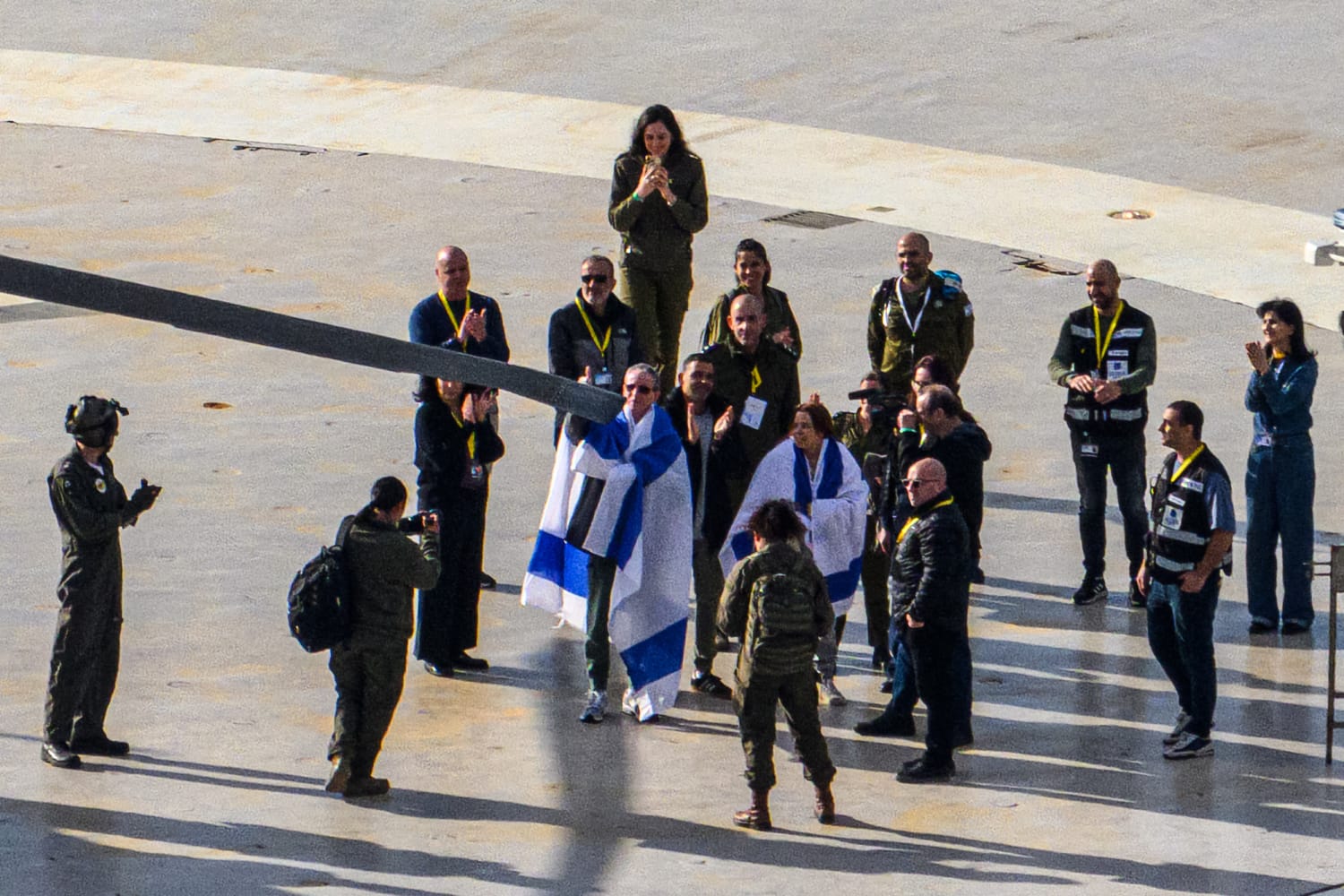
Donald Trump’s 20-Point Peace Plan for Gaza
After months of speculation, negotiations, and rising international pressure, the White House finally released a 20-point Gaza peace plan drafted under the leadership of former U.S. President Donald Trump. The ambitious proposal seeks to end the nearly two-year war between Israel and Hamas, secure the release of hostages, and establish a framework for Gaza’s reconstruction and governance.
The plan is both bold and controversial. It outlines humanitarian relief, a massive reconstruction effort, new governance structures, and even hints at a long-term path to Palestinian statehood. Yet, it comes with strict conditions: Hamas must disarm, renounce governance, and accept international oversight.
Here is a detailed look at each of the 20 points in Trump’s peace plan, with explanations of what they mean for the people of Gaza, Israel, and the broader Middle East.
1. Gaza as a Terror-Free Zone
The plan envisions Gaza as a “de-radicalized, terror-free zone” that poses no threat to Israel or its neighbors. This point underscores Trump’s core demand: the complete dismantling of Hamas’s military and paramilitary capabilities. For Israel, this is a non-negotiable precondition for peace.
2. Gaza Redeveloped for Its People
Trump stresses that Gaza must be redeveloped for the benefit of its residents, who have endured years of war, poverty, and displacement. This signals a promise of reconstruction not as a political tool, but as a humanitarian and developmental necessity.
3. Immediate End to the War
If both sides agree, the war would end immediately. Israeli forces would withdraw to an agreed-upon line to prepare for hostage releases. Crucially, during this stage, all aerial and artillery bombardments would be suspended, freezing the battlefield while negotiations and exchanges take place.
4. Hostages Returned Within 72 Hours
Within 72 hours of Israel’s public acceptance of the agreement, Hamas must release all hostages—alive or dead. This short timeline reflects the urgency Trump has placed on humanitarian resolution, particularly for Israeli families who have waited nearly two years for news of their loved ones.
5. Large-Scale Prisoner Exchange
In exchange for hostages, Israel will release:
-
250 Palestinian prisoners serving life sentences
-
1,700 Gazans detained since October 7, 2023, including all women and children. Additionally, for each Israeli hostage’s remains, Israel would return 15 Palestinian bodies.
This massive exchange is designed to satisfy both sides: Israel recovers hostages, while Palestinians see thousands of prisoners freed.
6. Amnesty for Disarmed Hamas Members
Hamas fighters who agree to disarm and pledge peaceful coexistence will be granted amnesty. Those unwilling to remain in Gaza would be allowed safe passage to other countries. This is Trump’s way of offering Hamas members a way out while dismantling the group’s militant structure.
7. Surge of Humanitarian Aid
Immediately upon acceptance, humanitarian aid would flow into Gaza at levels consistent with the January 19, 2025 aid agreement. This includes:
-
Repairing water, electricity, and sewage systems
-
Rebuilding hospitals and bakeries
-
Bringing in equipment to remove rubble and open blocked roads
The scale of aid is meant to stabilize civilian life and prepare the ground for reconstruction.
8. Neutral Aid Distribution
Aid will be delivered by neutral international agencies such as the United Nations and the Red Crescent. Neither Hamas nor Israel would interfere in its distribution. The Rafah crossing between Gaza and Egypt would reopen under this mechanism.
9. Transitional Governance by Palestinian Technocrats
Gaza will be temporarily governed by a technocratic Palestinian committee, tasked with day-to-day services and municipalities. This body would be overseen by the “Board of Peace,” chaired by Trump himself, with members including former UK Prime Minister Tony Blair and other world leaders.
10. Trump’s Economic Development Plan
A dedicated economic development plan for Gaza would be crafted by experts behind Middle Eastern “miracle cities.” This panel would design investment strategies, job creation initiatives, and projects to rebuild Gaza’s economy from the ground up.
11. Special Economic Zone
The plan proposes establishing a special economic zone (SEZ) with preferred tariffs and trade access. This would integrate Gaza into regional and global markets, boosting its economy and reducing reliance on external aid.
12. No Forced Displacement
Trump’s plan emphasizes: “No one will be forced to leave Gaza.” Palestinians who wish to leave may do so freely and return if they choose. At the same time, the plan encourages residents to stay, with the promise of a better future in a redeveloped Gaza.
13. Hamas Excluded from Governance
The plan explicitly bans Hamas from having any role in governing Gaza, whether direct or indirect. It mandates dismantling Hamas’s military infrastructure—including tunnels, rocket factories, and weapons caches—and launching a demilitarization process supervised by international monitors.
A weapons buyback and reintegration program would support former fighters transitioning to civilian life.
14. Regional Security Guarantees
Regional partners—such as Egypt, Jordan, and Gulf states—would guarantee that Hamas complies with the agreement and that “New Gaza” poses no threat to its neighbors. This shifts some responsibility for enforcement to Arab states, not just Israel or Western powers.
15. International Stabilization Force (ISF)
The U.S., in partnership with Arab allies, would deploy a temporary International Stabilization Force (ISF) in Gaza. This force would:
-
Train Palestinian police
-
Secure border areas with Israel and Egypt
-
Prevent weapons smuggling
-
Ensure aid and goods flow securely into Gaza
The ISF would act as a buffer, reducing direct clashes between Israel and Palestinians.
16. Israeli Withdrawal Linked to Demilitarization
Israel would not fully withdraw until Gaza is verifiably secure. Instead, Israeli forces would progressively hand over territory to the ISF as demilitarization milestones are met. A “security perimeter presence” inside Gaza would remain until all threats are eliminated.
17. Scaled Aid if Hamas Rejects Plan
If Hamas delays or rejects the plan, aid and reconstruction would still proceed—but only in “terror-free zones” secured by the ISF and Israel. This effectively bypasses Hamas while rewarding compliance.
18. Interfaith Dialogue for Peace
An interfaith dialogue initiative would be launched to promote coexistence between Palestinians and Israelis. The focus would be on reshaping narratives, emphasizing tolerance, and highlighting the benefits of peace for both peoples.
19. Pathway to Palestinian Statehood
While not an immediate outcome, the plan holds out the possibility of a credible pathway to Palestinian self-determination and statehood, provided that the Palestinian Authority undergoes reforms and Gaza’s redevelopment succeeds.
20. U.S.-Brokered Dialogue for Coexistence
Finally, the U.S. would establish an official dialogue process between Israel and the Palestinians to negotiate a political horizon for peaceful coexistence, prosperity, and regional stability.
Why the 20-Point Plan Matters
The 20-point plan is ambitious, blending humanitarian relief, security guarantees, and political restructuring. Supporters see it as a chance to break the cycle of war and build a stable Gaza. Critics argue it imposes heavy external control, sidelines Hamas, and offers vague promises of statehood without addressing Palestinian sovereignty in full.
Still, the plan represents one of the most comprehensive U.S.-backed blueprints for Gaza in decades—and with Hamas showing partial acceptance, it has sparked cautious optimism worldwide.
A Fragile Window for Peace
Hamas’s partial acceptance of Trump’s Gaza peace plan represents one of the most significant shifts in the conflict since October 7, 2023. For the first time in years, both sides appear to acknowledge the need for a ceasefire, humanitarian relief, and a structured exchange of hostages and prisoners.
But the road ahead is fraught with obstacles. Hamas refuses to disarm or accept exclusion from governance, while Israel and Trump’s plan insist on both. International oversight remains contentious, and the issue of Palestinian statehood continues to divide leaders.
As Trump himself declared, this may be the “last chance” for Gaza to find peace. Whether the fragile openings created by Hamas’s response will lead to an end of war or collapse under the weight of mistrust will determine the future of Gaza, Israel, and the wider Middle East.
With inputs from agencies
Image Source: Multiple agencies
© Copyright 2025. All Rights Reserved. Powered by Vygr Media.

